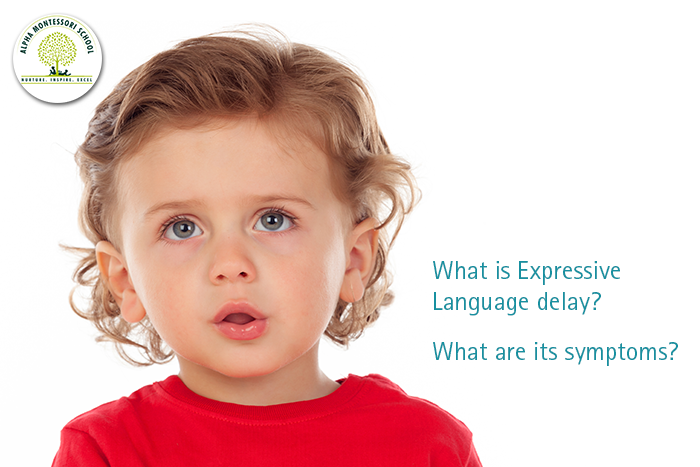

In speech therapy for children, receptive language skills and goals might include: Because of this, our receptive language vocabulary is generally larger than that of our expressive language. Children often acquire elements of receptive language faster than expressive language. What is receptive language? Receptive language is the understanding of information provided in a variety of ways such as sounds and words movement and gestures and signs and symbols. Receptive LanguageĪlthough listening is an important component of receptive language, it involves much more than just that. This is the basis of receptive and expressive language.

As people, we use language to understand the world around us and to convey our thoughts and feelings.
Xpressive language skills how to#
This includes how words are created and put together, the meaning of those words, and how to apply language in different social situations. Language is the system someone uses to communicate with another person. And while both are key components to language, there’s more to it than just that. These two words are probably the shortest and most used definitions to explain expressive and receptive language. Receptive language involves listening and expressive language involves talking. The difference between receptive and expressive language comes down to talking and listening. Expressive Language: Talking and Listening

Choose among the above-stated innovative activities for your little one and see what makes them exciting to learn and communicate.Receptive Language vs. Puppets could be utilized to demonstrate the actions as well. Also, come with new insights and check if the youngster can sequence the actions, for example, wave, then clap. Encourage children to mimic your actions in group games. Parents or mentors can employ these sessions to teach tactics and improve the child’s abilities. No matter what extent the student lacks expressive language abilities, activities can be assistive in multiple aspects. Later, they perform the story with minor changes in their style.īeing a group activity, it encourages the students to be collaborative while showing up their expressive skills.

Traverse through these options and see if you can employ any of these even with minor changes. The list of activities that we have suggested here can address expressive language shortcomings and easily make children come up with better eloquent skills. In this scenario, they may need a set of learning sessions and creative strategies to enhance their expression. Some children along with the learning disabled may not be able to articulate their wants and needs, and thereby may face personal challenges. A person’s expressive language allows them to communicate their wants, needs, thoughts, and opinions.


 0 kommentar(er)
0 kommentar(er)
